My hubby and I recently motored west through the Appalachian Mountains. We rode on the nation’s first superhighway, the Pennsylvania Turnpike to Pittsburgh, Pennsylvania.

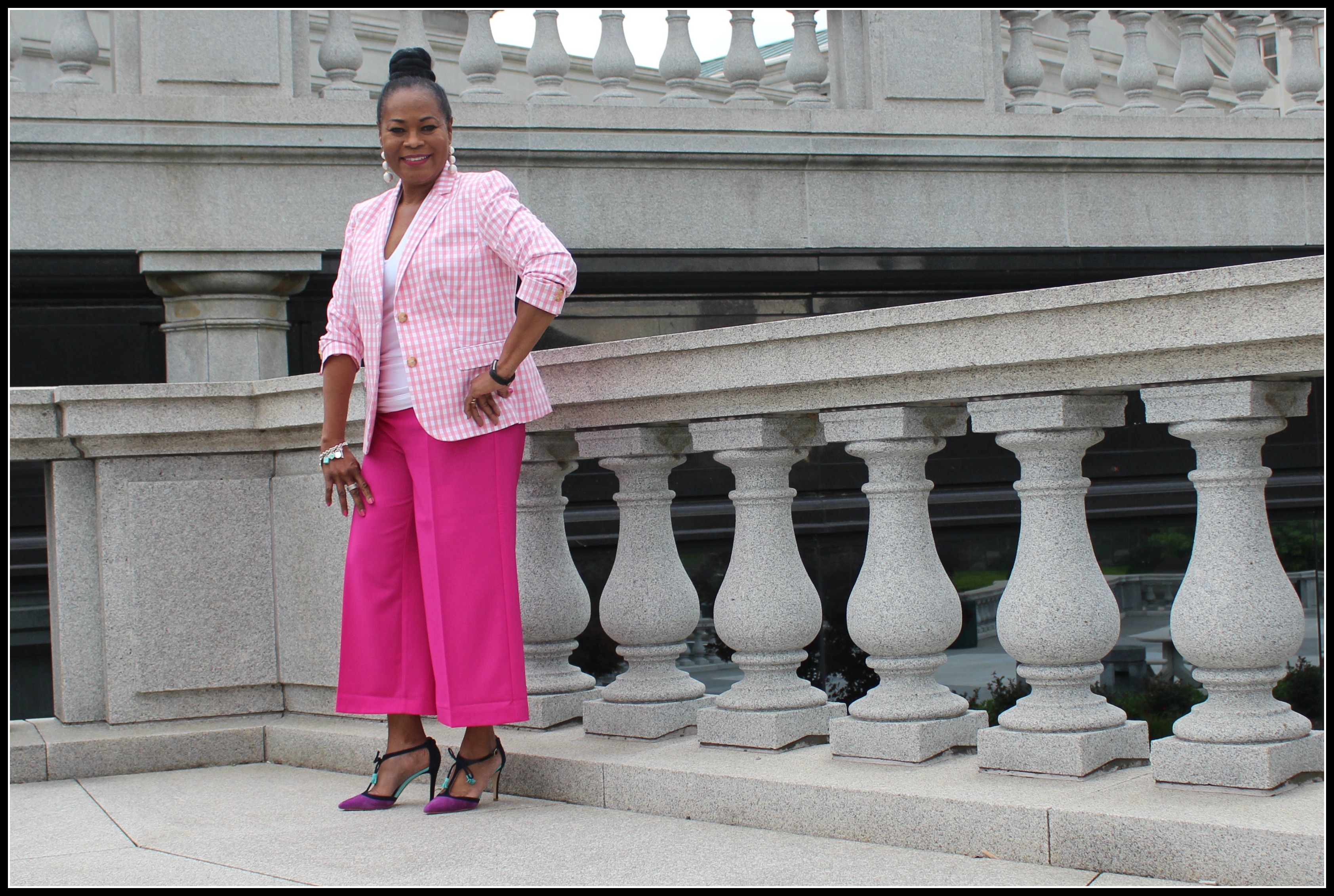 For me, it was another chance to see and do visit to “Da ‘Burgh.” This time, I was excited to spend time in the hotel laden with history, dining downtown, and in the Heinz History Center. The last time I was in Pittsburgh, I visited the Andy Warhol Museum.
For me, it was another chance to see and do visit to “Da ‘Burgh.” This time, I was excited to spend time in the hotel laden with history, dining downtown, and in the Heinz History Center. The last time I was in Pittsburgh, I visited the Andy Warhol Museum.
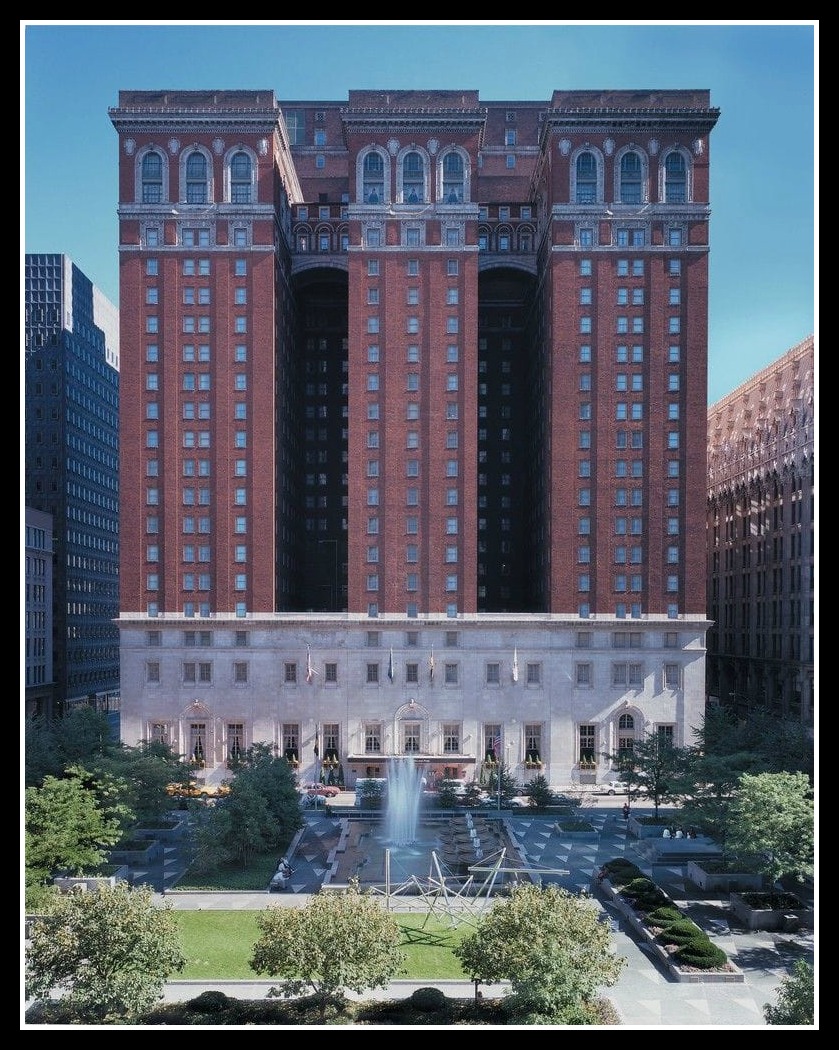
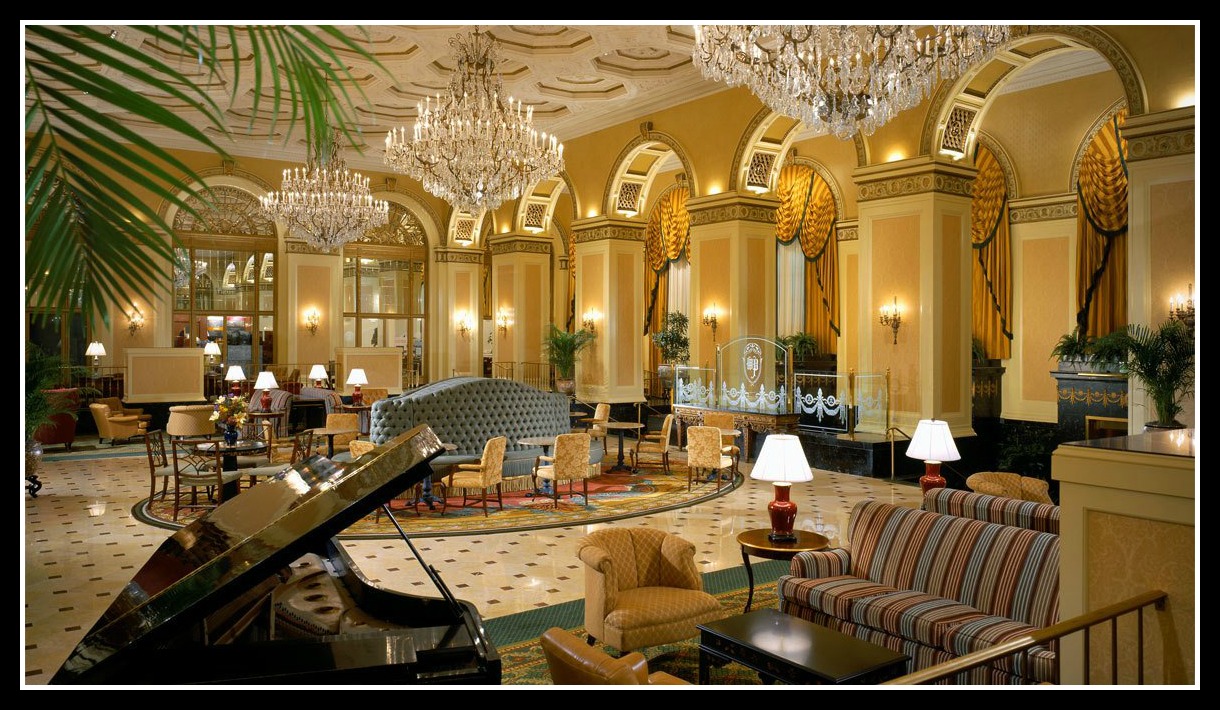
The Omni William Penn Hotel was constructed in 1915 to 1916 in downtown Pittsburgh. It cost $6 million to build. The landmark 101-year-old hotel opened in 1916 with the help of William Clay Frick, an industrialist, financier, union buster, and art patron.

A short walk from the Omni William Penn Hotel brought me to the Senator John Heinz History Center, an affiliate of the Smithsonian Institution. The five-story museum focuses on the 250-year Western Pennsylvania history, including families like the Westinghouses, Mellons, Fricks, Carnegies, and Heinzs as well as the inventions and contributions that made the city into what it is.
Before the rise of steel business in Pittsburgh, it was all about the glass industry. Western Pennsylvania was the center of innovation and the leading marketplace for the national glass industry. Because, by 1920, 80% of the glass made in the United States came from Pittsburgh.
↓ Photo from Glass: Shattering Notions, ongoing exhibit at the Heinz History Center
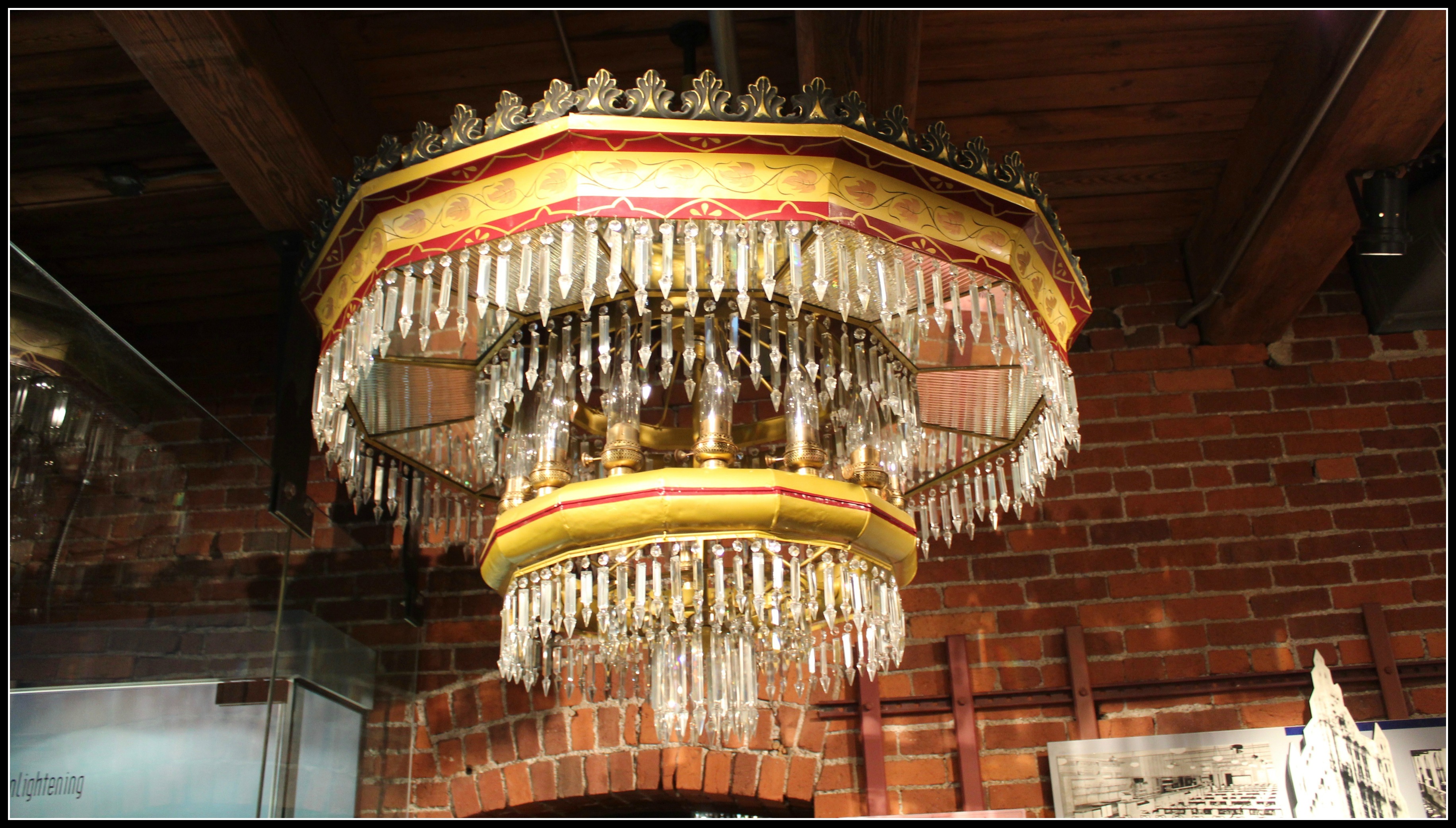
Western Pennsylvania companies produced the glass used as:
♦ Tiles that line the Holland and Lincoln tunnels in New York City.
♦ 250,000 lightbulbs of them for the 1893 World’s Columbian Exposition in Chicago
♦ Searchlights for the Panama Canal
♦ Windows in the crown of the restored Statue of Liberty
♦ Tableware for U.S. Presidents James Madison, James Monroe, Andrew Jackson, Herbert Hoover, and Franklin Roosevelt.
Another notable name in Da’Burgh is Heinz (the musuem is named after the family). The company got its start with pickles, salad cream, beans, and eventually ketchup.
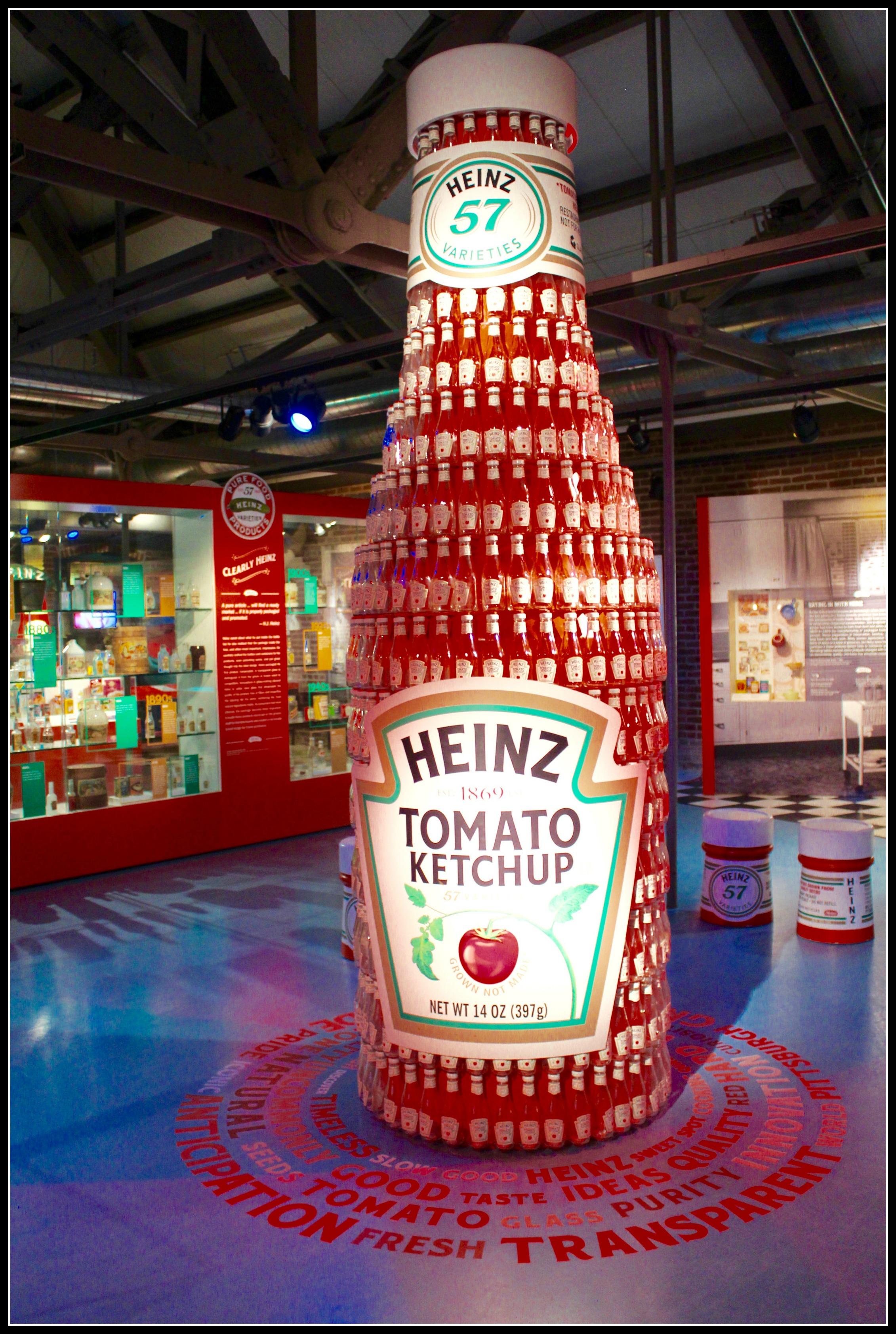

The company’s slogan, Heinz introduced its slogan “57 varieties” in 1896. It was inspired by an advertisement the owner saw while riding an elevated train in New York City for a shoe store boasting “21 styles.” Heinz picked the first number he liked the sound of.

I dined downtown at Vallozzi’s Pittsburgh, a family-owned restaurant with a tradition of serving Italian cuisine for over half a century. In 1955, Helen Vallozzi started making gnocchi in her basement. Helen quickly outgrew her home operation and moved to a small restaurant in Latrobe, Pennsylvania. Here Vallozzi sold gnocchi and other family favorites as well. The rest is history with now two locations.
Finally, I dined on marinated olives, a glass of vino and the Chicken Saltimbocca while the hubs ate Risotto Di Mare (shrimp, scallops, lobster with roasted peppers.)
There are a plethora of tours and museums to enjoy the next time you find yourself in Pittsburgh, PA. Any of the above, for sure. I know the next time I visit, I would like to pay a visit to the August Wilson Center for African American Culture and one of the Carnegie Museums. Plus, the Phipps Conservatory and Pittsburgh Botanic Garden and the Pittsburgh Glass Center, too. Am I missing any important sights to see?
Have you ever been to Pittsburgh? What do you think of the city? What are your favorite things to do?

One final note: While browsing through the Pittsburgh newspapers during my three-day stay, I came across a real estate ad for Smokey Robinson’s Gibsonia home. I didn’t realize his second wife is from the Pittsburgh area.
Have a fabulous, fierce and stylish week.



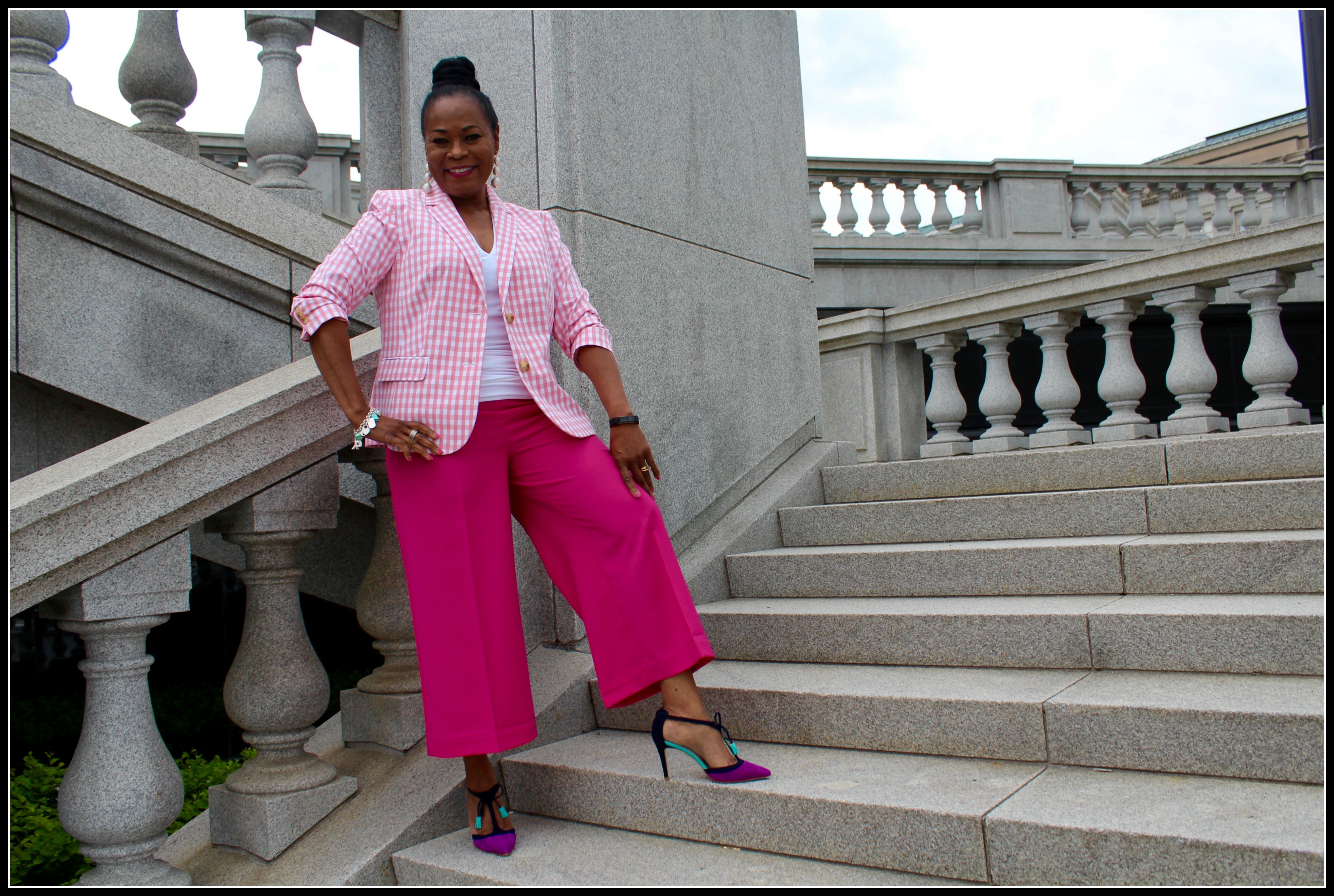
I love your gingham blazer and wide leg pants, so on trend right now. They fit you perfectly. I have never been to Pittsburgh and should. Enjoy. . .
Neti,
Hi! I sometimes forget that Pittsburgh is in the state of Pennsylvania. It just so far removed from the many favorite cities in Pennsylvania. Thank you for the compliment on my pink outfit. The color pink is my favorite color to wear along with orange😉
I have not been, but have heard wonderful things, well supported. Love the ketchup bottle, the Penn hotel and the fabulous deco lobby!
I adore your pink trousers topped with that summer gingham jacket- Lovely!
xx, Elle
http://www.theellediaries.com/
Elle,
The Heinz History Center is an incredible treasure of Western PA history. I should have taken more photos of the Omni Willaim Penn Hotel lobby; I didn’t do it justice. Thanks for your kind words regarding my matchy-matchy pink outfit.
That’s my hometown Eugenia! The Heinz Museum and your other stops were great choices. I have not eaten at the Italian restaurant, but it sounds great. I have such a love for Da Burg! On a fashion note, beautiful pink gingham and I love those Boden shoes.
jess xx
http://www.elegantlydressedandstylish.com
Jess,
Hi! Thanks for paying me a visit here at The Age of Grace. It’s a small world that you’re from Da’Burg and now live in North Carolina. I couldn’t decide which Carnegie Museum to visit, so I settled on the Heinz Museum since it specifically focused on Western PA history. Pink is my favorite color, of late, I’ve not purchased many things in pink until I saw this pink gingham jacket at Talbot’s. I like Talbot’s for update classic prints and styles.
That was so much fun to read. I have not been to Pittsburgh and I appreciate historic glamorous hotels. I have never stopped loving gingham anything since I was a kid and those t-straps and amazing!
Terri,
Hi! Thank you for your visit to The Age of Grace. Yes, I too appreciate a charming hotel. The thoughts of parties, wedding’s or just sitting in the lobby people watching. Gingham, a favorite summer fabric like you that I love since childhood.